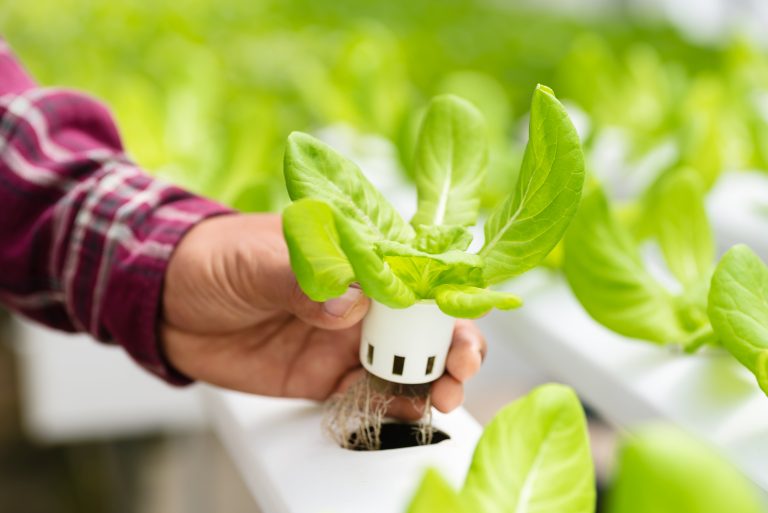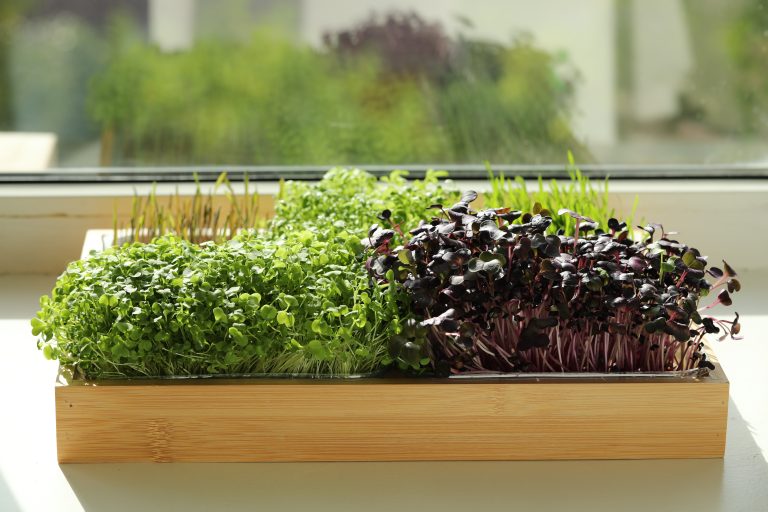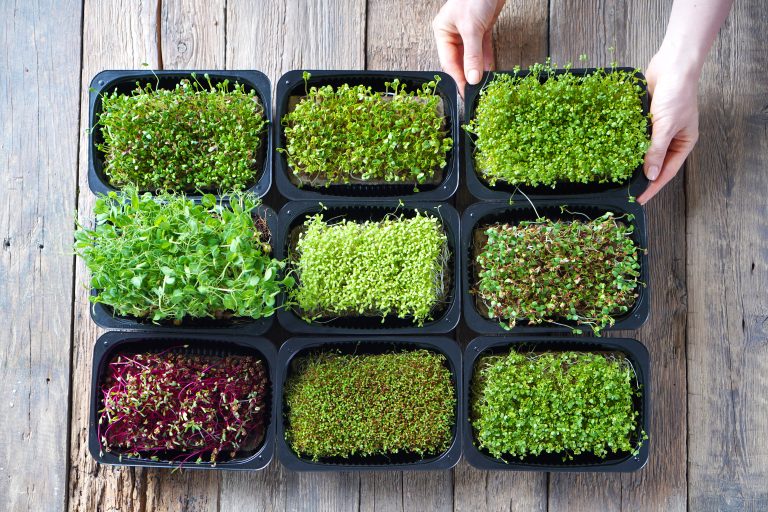5 Facts: Can Your Balcony Support 1000 Pounds?
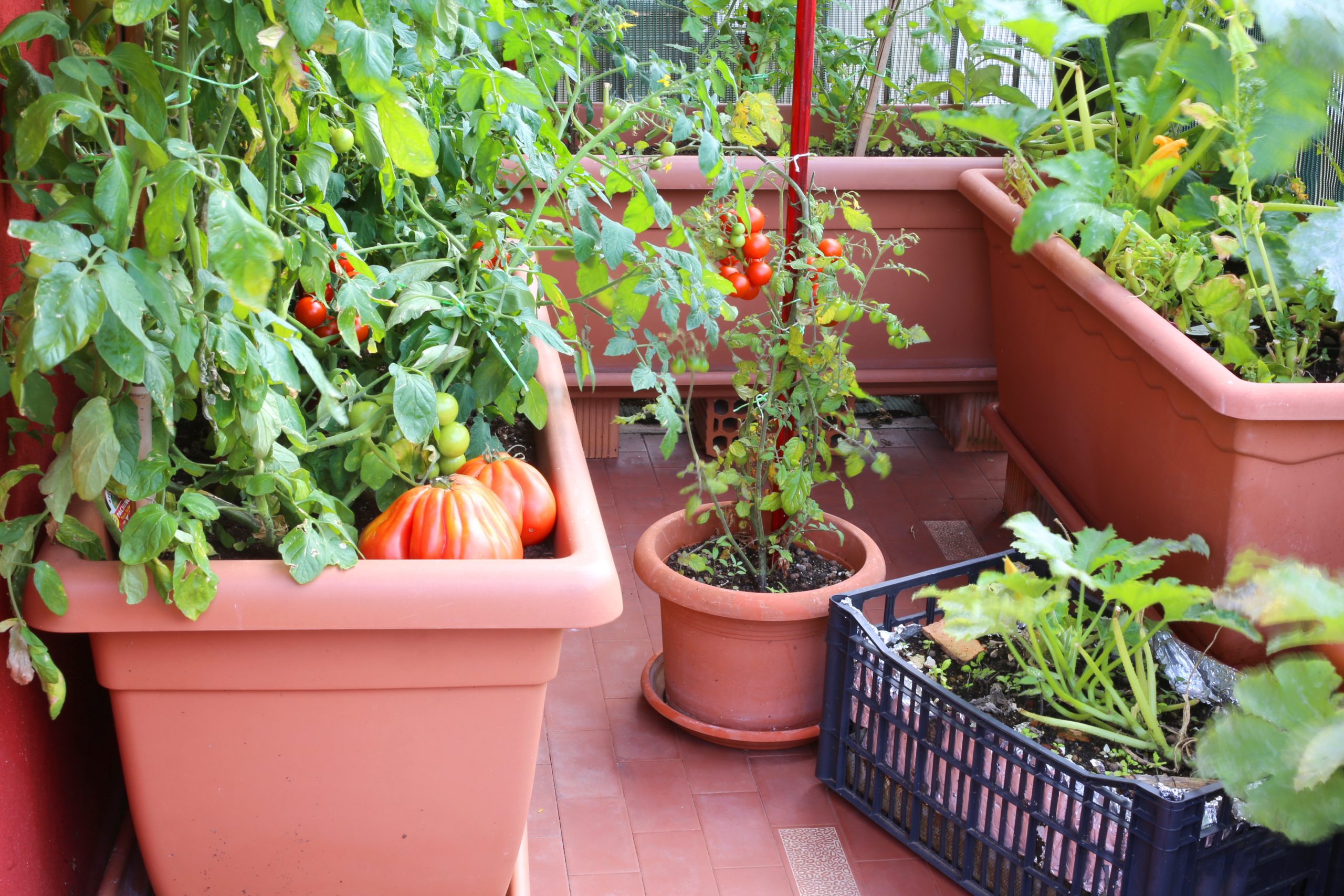
Are you dreaming of transforming your balcony into a lush garden oasis? Before you start hauling in soil and ceramic pots, let’s talk turkey about weight limits. It’s crucial to know if your balcony can support that dream garden without turning into a nightmare.
Balcony gardening is the bee’s knees for urban dwellers craving a slice of greenery. But before your green thumb gets the better of you, it’s important to understand that every balcony has a weight limit. Think of it as the silent guardian of your high-rise haven; it determines how much your balcony can hold before it becomes a safety hazard.
The load capacity of a balcony isn’t just about what it can carry on a sunny day. It also considers additional stress from people, furniture, and, yes, even those gusty winds. Overloading a balcony can lead to structural damage – or worse – so getting to grips with load limits is more than just a good idea; it’s essential.
1. Structural Support
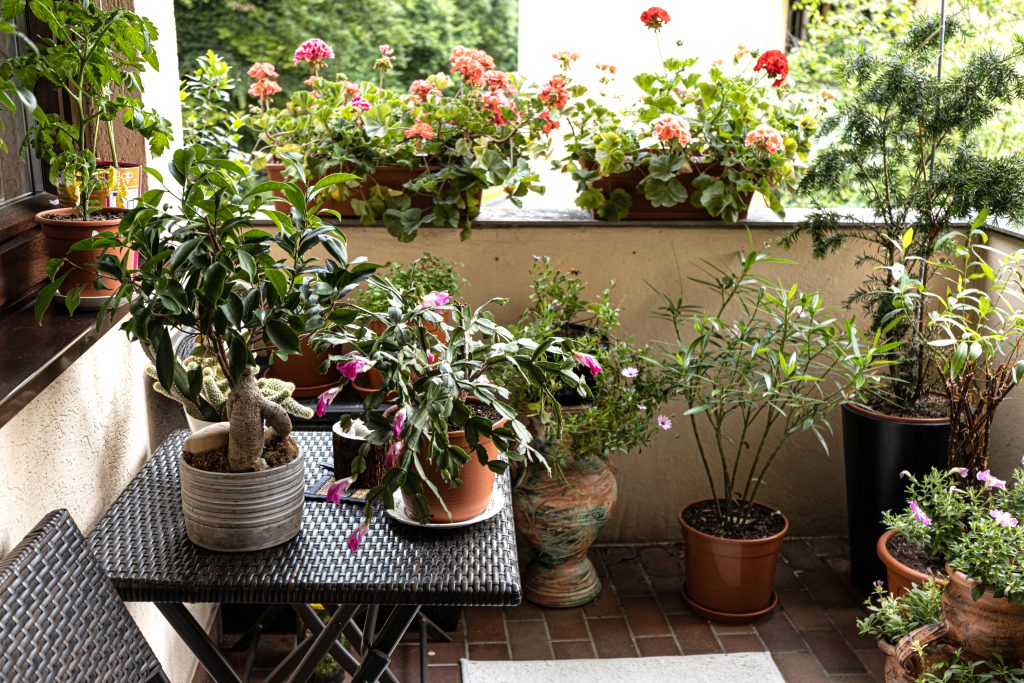
Your balcony’s backbone is its structural support, and it’s what keeps your petunias and peonies from plummeting. The materials used in the balcony’s construction, such as concrete or steel, play a huge role in its load-bearing capabilities. Older buildings might be a bit creaky, while newer ones often boast stronger materials and building techniques.
Hey hey! Don’t forget to subscribe to get our best content 🙂
For instance, a balcony with robust steel reinforcement might laugh in the face of those 1000 pounds, while a wooden structure might start sweating at the thought. It’s not just about the materials, though; the design and condition of the balcony also matter. A well-maintained balcony with good drainage and no visible cracks or rust is more likely to hold up to your gardening dreams.
2. Balcony Materials
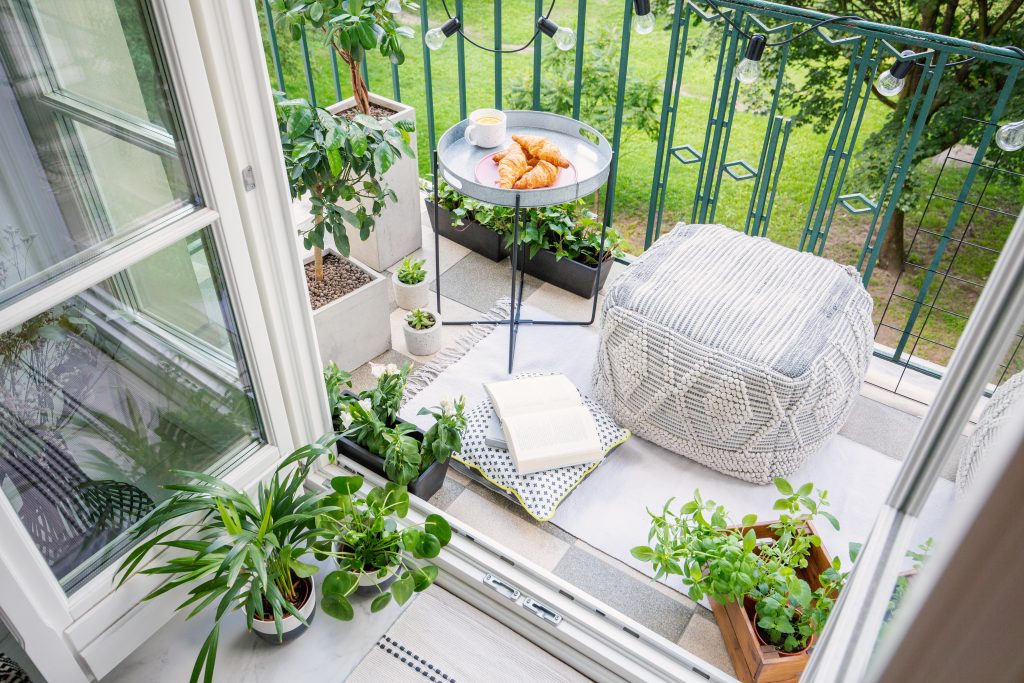
Balcony materials are the unsung heroes of your high-rise garden saga. Concrete is a common choice and has a solid rep for holding up a fair amount of weight. Steel is another heavyweight champ, often capable of supporting more than concrete. But let’s not forget wood – it can be sturdy, but it’s also susceptible to the wear and tear of the elements.
Each material has its weight limit, which is like its personal best at the weightlifting championships of balcony materials. It’s important to know what your balcony is made of so you can gauge how much weight it can handle. And remember, materials can degrade over time, so what was once a Herculean balcony might now be more of a delicate flower.
3. Weight Distribution
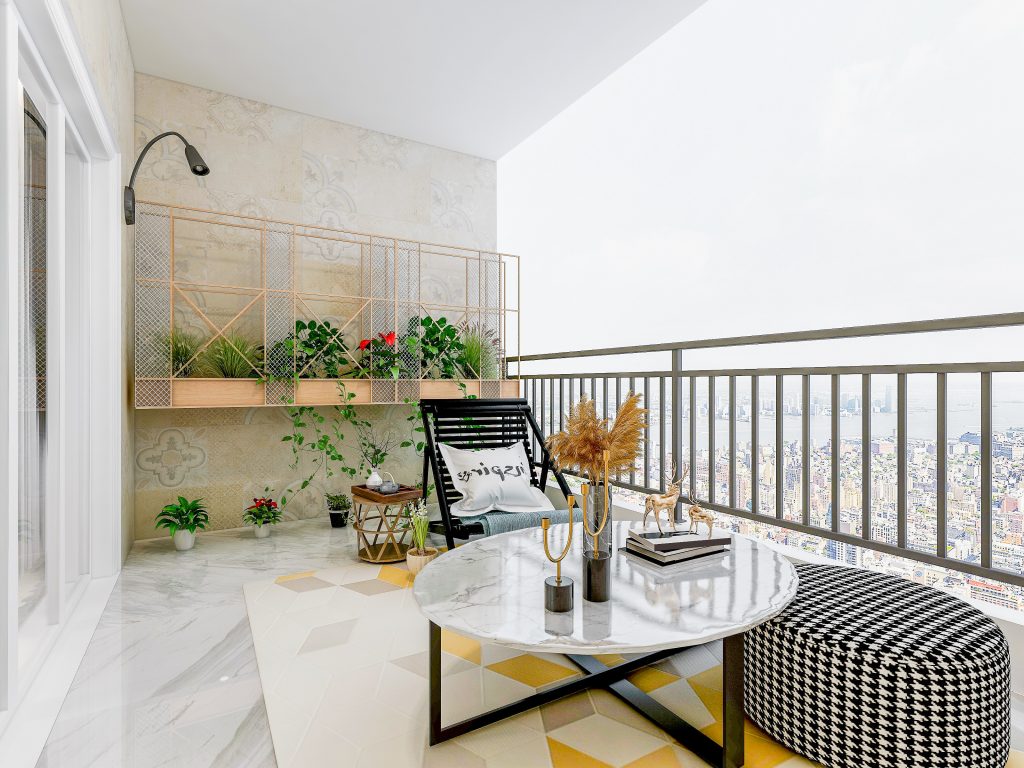
Imagine doing a handstand; it’s all about balance, right? Weight distribution on your balcony works the same way. Concentrating all the weight in one spot is like trying to balance on one finger – not the best idea. Spread out the weight, and you’ve got a better chance of staying upright.
Uniformly distributing your garden’s weight across the balcony’s surface is crucial. It’s like hosting a dance party – if everyone boogies in one corner, you’re asking for trouble. Mixing lightweight containers with heavier ones and ensuring they’re evenly spaced can prevent undue stress on any one area.
4. Adding Reinforcement
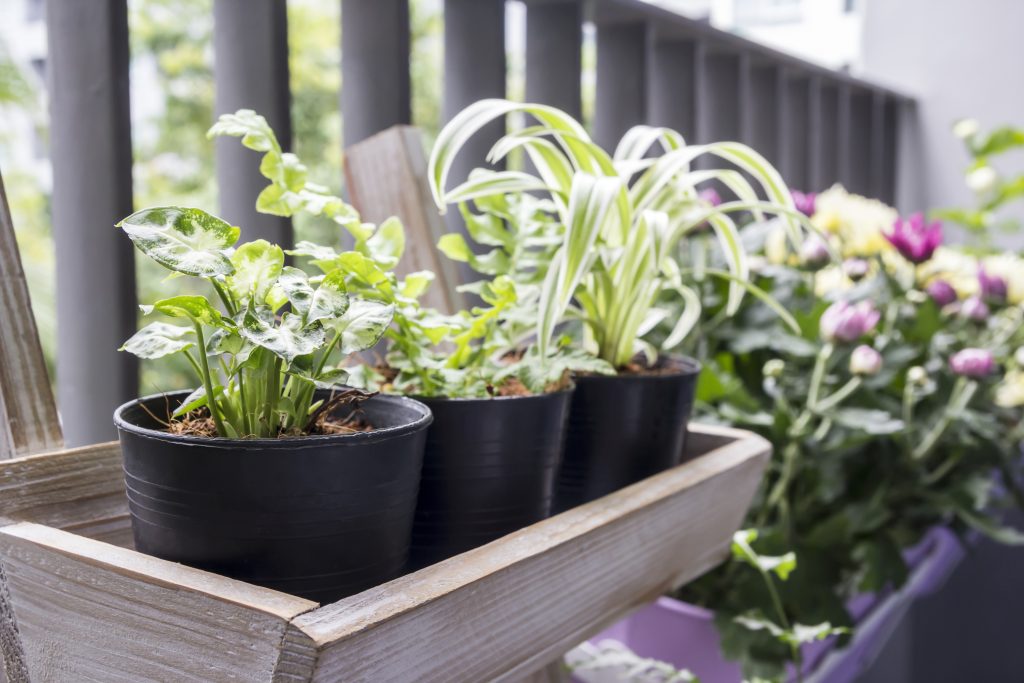
Let’s say you’ve got your heart set on that 1000-pound garden, but your balcony is giving you the ‘I’m not so sure’ vibes. Reinforcement might be the ticket. This could mean anything from adding additional supports to upgrading materials, but it’s not a DIY job – you’ll need a professional to assess and do the work.
Reinforcing a balcony can be as complex as a surgical procedure, with steel plates, post-tensioning, or underpinning. It’s not cheap, and it’s not quick, but it’s a heck of a lot better than dealing with a collapsed balcony. Always consult with a structural engineer or a qualified contractor before making any changes.
5. Legal Load Limits
Now, legal load limits aren’t just bureaucratic buzzkill; they’re there to keep everyone safe. These limits are determined by building codes, which take into account the materials, design, and intended use of your balcony. Ignoring these limits is like juggling fire – it might look cool for a minute, but you’re bound to get burned.
Your local building department can provide you with these limits, and it’s in your best interest to stick to them. Even if your balcony seems like it can handle more weight, playing it safe means you won’t face fines or endanger lives.
Understanding Load Capacity
Load capacity is a bit like a secret recipe – it varies depending on the ingredients (or materials) and the chef’s (or builder’s) technique. The capacity isn’t a number you’ll find stamped on the railing; it requires a bit of detective work. Your building’s original construction plans or a chat with the building manager can illuminate this mystery.
This capacity includes both dead load (the weight of the structure itself) and live load (the weight of movable objects, like your garden and furniture). It’s crucial to consider both when planning your balcony paradise. Remember, it’s not just about whether your balcony can hold 1000 pounds but if it can do so safely, with a margin for the unexpected.
Assessing Your Balcony

Before you start planting, you need to assess your balcony. This isn’t just eyeballing it and giving it a good ol’ thump; it involves checking building documents or consulting a professional. Look for signs of wear or damage, and consider the age of the building – these factors all play into how much weight your balcony can safely support.
If you’re in a newer building, you might have access to this information through your property manager or homeowner’s association. For older buildings, you may need to do a bit of sleuthing or bring in an expert. Either way, having a clear picture of your balcony’s capacity is better than guessing and hoping for the best.
Enhancing Balcony Safety
Enhancing balcony safety is not just about peace of mind; it’s about making sure your sanctuary stays aloft. Start by decluttering and removing any unnecessary weight. Regular maintenance, like checking for water damage or rust, can prevent problems before they become serious.
Consider using lighter materials, like fiberglass or foam-filled planters, and opt for less dense soil mixes. Think creatively about how you can use vertical space with hanging plants or wall-mounted shelves. This way, you’re not just piling on pounds; you’re smartly optimizing your space.
Conclusion & Next Steps
So, can your balcony support 1000 pounds? It’s not a one-size-fits-all answer. It depends on a host of factors, from structural support to materials, and the laws of physics and local building codes. If you’re serious about your balcony garden, take the time to do your homework, talk to the pros, and plan accordingly.
Your balcony can be a verdant retreat if you respect its limits and treat it with care. Now, armed with knowledge and a dash of caution, you’re ready to create that high-rise garden without sky-high risks. Happy gardening, and remember – safety first!
Creating a balcony garden is a balancing act of dreams and reality. Keep these facts in mind, and you’ll be on solid ground—or, in this case, a solid balcony—as you cultivate your urban slice of paradise.

